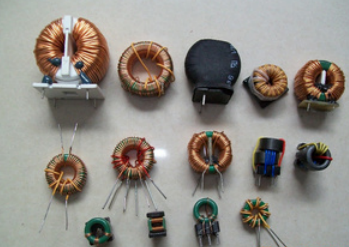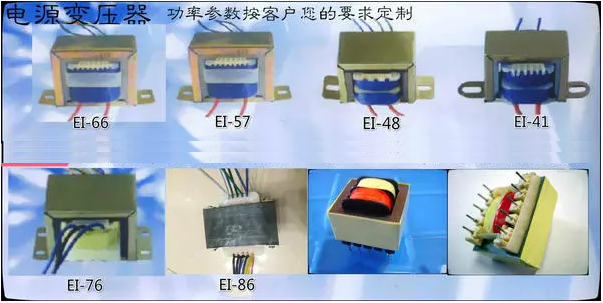NEWS
Understanding Common-Mode Inductors: Essential Components for Effective Filtering
Release time:
Feb 23,2025
Common-mode inductors are critical components in the field of electronic devices, particularly when it comes to filtering applications in various circuits. These inductors are designed to suppress common-mode noise, which is a type of electrical interference that affects multiple conductors in the same manner. Understanding the operation and significance of common-mode inductors can greatly enhance the performance and reliability of electronic systems.
At their core, common-mode inductors are used to filter out unwanted noise that can affect signal integrity, which is particularly important in high-frequency applications. They are commonly integrated into differential signal transmission lines, where they help maintain a clean signal by reducing electromagnetic interference (EMI). This interference can originate from external sources, such as power lines or radio frequency transmitters, and can lead to distortion in signals, adversely affecting the overall performance of electronic devices.
The design of common-mode inductors typically involves winding two coils around a magnetic core. The key aspect of their operation lies in their ability to allow differential signals to pass through while simultaneously choking common-mode signals. When a common-mode voltage appears, the inductors create a high impedance path, effectively attenuating this unwanted noise. This selective filtering is vital for applications in telecommunications, automotive electronics, and consumer electronics, where signal clarity is paramount.
In the context of frequency components and filters, common-mode inductors play a significant role in enhancing the overall efficiency of power supplies and signal processing circuits. They contribute to the reduction of electromagnetic emissions, thereby ensuring compliance with regulatory standards. Moreover, by improving the signal-to-noise ratio, common-mode inductors facilitate better performance in data transmission, making them indispensable in high-speed communication systems.
Moreover, common-mode inductors come in various shapes and sizes, allowing engineers to select the appropriate component based on specific application requirements. Factors such as inductance value, current rating, and size must all be considered to optimize performance and reliability in a particular circuit design.
In conclusion, common-mode inductors are essential tools in modern electronics, particularly in filtering applications that require the suppression of common-mode noise. Their ability to enhance signal integrity while minimizing interference makes them invaluable in a wide array of applications. For professionals in the electronic components industry, a thorough understanding of common-mode inductors and their applications is crucial for the design and development of effective filtering solutions. By leveraging these inductors, engineers can ensure that their electronic systems operate efficiently and reliably in increasingly noisy environments.
At their core, common-mode inductors are used to filter out unwanted noise that can affect signal integrity, which is particularly important in high-frequency applications. They are commonly integrated into differential signal transmission lines, where they help maintain a clean signal by reducing electromagnetic interference (EMI). This interference can originate from external sources, such as power lines or radio frequency transmitters, and can lead to distortion in signals, adversely affecting the overall performance of electronic devices.
The design of common-mode inductors typically involves winding two coils around a magnetic core. The key aspect of their operation lies in their ability to allow differential signals to pass through while simultaneously choking common-mode signals. When a common-mode voltage appears, the inductors create a high impedance path, effectively attenuating this unwanted noise. This selective filtering is vital for applications in telecommunications, automotive electronics, and consumer electronics, where signal clarity is paramount.
In the context of frequency components and filters, common-mode inductors play a significant role in enhancing the overall efficiency of power supplies and signal processing circuits. They contribute to the reduction of electromagnetic emissions, thereby ensuring compliance with regulatory standards. Moreover, by improving the signal-to-noise ratio, common-mode inductors facilitate better performance in data transmission, making them indispensable in high-speed communication systems.
Moreover, common-mode inductors come in various shapes and sizes, allowing engineers to select the appropriate component based on specific application requirements. Factors such as inductance value, current rating, and size must all be considered to optimize performance and reliability in a particular circuit design.
In conclusion, common-mode inductors are essential tools in modern electronics, particularly in filtering applications that require the suppression of common-mode noise. Their ability to enhance signal integrity while minimizing interference makes them invaluable in a wide array of applications. For professionals in the electronic components industry, a thorough understanding of common-mode inductors and their applications is crucial for the design and development of effective filtering solutions. By leveraging these inductors, engineers can ensure that their electronic systems operate efficiently and reliably in increasingly noisy environments.


















